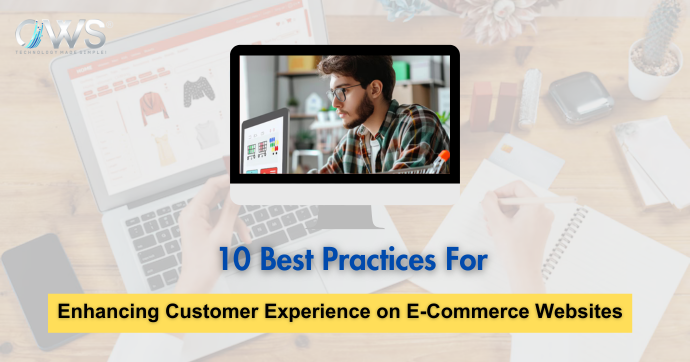One of the aspects of your site is not to annoy users. So why is it that so many websites face rejection? The websites are full of elements still visitors refrain from clicking the button and bemoan over and over again.
Hardly you know that users are pressing the back button, shortly after visiting your website.
Bummer!!!!!!!
And you can’t figure out the problem of generating less web traffic (maybe none) or your traffic just isn’t converting into leads and queries. This could be that your site is annoying users, thus, you need to focus more on web development services to retaining your users.
Imagine there’s a new restaurant in your vicinity that you’d been dying to try out. You pull up your smartphone with good internet connection and search for their site to get the relevant details, but you struggle with its site and end up not getting the desired information you were looking for. Hence, you give up and instead choose another one.
That could be your website. It might be confusing and difficult to use. The reality is that most of the sites have the same appearance and offer the same functionality. It’s not easy to create a beautiful website as you have to keep certain things in your mind and to eliminate negative factors. As poor user experience results in poor conversion rates, high abandonment rates, poor organic search rankings etc.
It’s time to stop annoying users and to resolve all the issues that are obstructing your conversion rate.
Here are some of the offenders!!!!
Popups:
Yes, this tops the list. All most every website use Popups but bombarding users with Popups would prompt them to leave. The key here is to have patience. Don’t try to greet users with Popups, instead, wait for the right moment while users get familiar with your site. The sooner you show them, the sooner they will go. Don’t set the probability of rejection high in the first place.
It Takes Forever To Load:
With so much of options, they’re also making us impatient when it comes to waiting for the site to load. People expect websites to load within few seconds and abandon them if the time exceeds. To top it all, you have fierce competition and people will abandon sites that load slower than the competitor’s websites.
Even a delay of one second can decrease user satisfaction. So, test your site’s speed and check where you stand. Slow loading time affects conversion rates. Moreover, sometimes the problem could be with the mobile service providers impacting brand perception but your site will be at loss. Therefore, you have to optimize your site’s performance irrespective of the circumstances. Other factors that impact site’s speed are file size, image size, videos, codes etc.
Don’t make users wait as they might be having a good broadband connection but due to slow pages, they’re likely to leave.
Not optimized for mobile, Not good for them:
You can relate to the example mentioned above. While browsing a website on mobile devices, if you find it difficult in navigating through the site or have to put in extra efforts to reading, then you’d leave. Forced to scroll side-to-side and have to zoom in zoom out are some painful examples of bad user experience.
Recently, Google announced that a new mobile-friendly algorithm has been introduced to rank sites on the basis of their performance on mobile devices and it would improve the web browsing experience for mobile users. So if your site isn’t mobile-optimized, then you will lose out significantly in the organic search rankings and that’s why you’re missing out on all the traffic.
Navigating Is Dreadful:
Another reason could be that navigating through your site is dreadful i.e users are not able to find what they are looking for as everything is unorganized. They have no idea where to look for and where to click.
You are probably losing them simply because you didn’t provide any direction on your website. Include titles, headlines, product description that clearly explain users how to take the next steps. In simple words, Navigation should be smooth, intuitive and straightforward. It is the essential aspect of your site and could mean the difference between bounce rate and website conversion rate.
Blah-Blah Text:
Information is good as long as it is succinct and precise. Too much of content would not result in any function. People generally skim through the lines, though, look for more actionable content, such as hyperlinks, product descriptions, features etc.
Your site is not a novel, therefore, don’t bombard users with irrelevant content. The matter becomes worse when they access your site through mobile devices and too much text can definitely make them hit the back button.
For instance, you must have observed that the introductory paragraph is usually too long, so users skip it. Instead, you can keep it concise and easy to digest so as to increase usability. Use fewer words but use them effectively.
The bottom line is that you can’t take usability for granted. Ensure that your website is well-organized that makes the most sense for the visitors. So why not having a profound website that works for your business. Make the necessary changes as it’s never too late.








